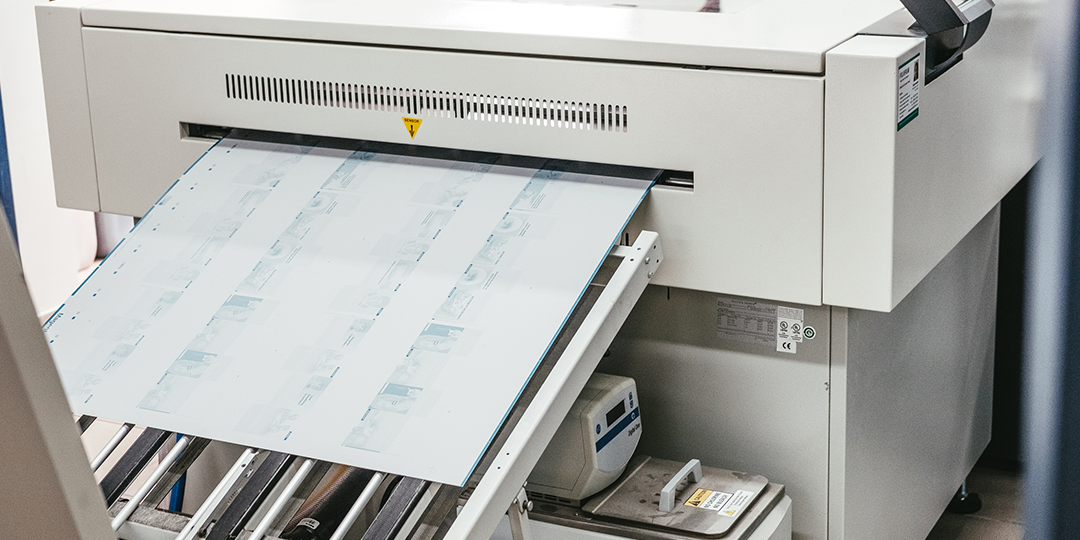Rules and regulations are everywhere, even in the projects we seek to accomplish. From the beginning to the end of the packaging process, there are guidelines that need to be followed and respected in order to ensure that projects are completed correctly. These set of requirements are called specifications or specs. It should come therefore as no surprise that there are as many of types of specifications as there are steps in the packaging creation. In order to minimize any confusion, let us start at the very beginning with print specifications.
When it comes to printing, specs are crucial in order to ensure that what is asked for from the customers is delivered to press properly. Having been in the business for many years now, we have a checklist of specs that we stick to, ensuring we deliver the highest quality print to our customer.
Bleed specifications
 Don’t worry, no Band-Aids or stiches are needed for this! When images or designs touch the edge of a page and go beyond the trim line, leaving no white margin, this is referred to as a bleed. It’s therefore the area that will be trimmed off. In order to ensure that no misalignments or inconsistencies affect the final print, a bleed is set in place and serves as a safety zone for the printer. At Netpak, we require that all design files submitted for printing include a bleed. Better safe than sorry!
Don’t worry, no Band-Aids or stiches are needed for this! When images or designs touch the edge of a page and go beyond the trim line, leaving no white margin, this is referred to as a bleed. It’s therefore the area that will be trimmed off. In order to ensure that no misalignments or inconsistencies affect the final print, a bleed is set in place and serves as a safety zone for the printer. At Netpak, we require that all design files submitted for printing include a bleed. Better safe than sorry!
Type and type size requirements: general guideline for font thickness
Another specification that is important when it comes to printing focuses on size and type of font used. With a vast array of fonts in existence, each of different size, requirements are set in place to make sure that the final text in the design is legible when printed. Every word counts and size does matter when it comes to a quality print project.
Image resolution
If a picture is worth a thousand words, how much is a hi-res image worth? It’s truly priceless. There is nothing worse than having a hyper-pixelated or blurry printed image on a final design. To avoid poor quality printing, it is usually recommended that images submitted be 300 DPI (300 pixels per inch or dots per inch) or more. A higher DPI produces a clearer printed image.

- CMYK
A term that you might see often when looking at print specifications is CMYK. This stands for Cyan, Magenta, Yellow and Black and is thecolor profile used in print. Without throwing printing jargon at you, in a nutshell, images printed using CMYK use layers of dots and utilize a wider range of colors.
These are a few of the print specifications that are covered and expected when submitting your artwork files. As you move through the steps of the packaging process, from material to finish to product, more requirements are expected at every stage. This can quickly be very overwhelming and daunting as specifications are different depending on the industry you are in. At Netpak, our prepress department verifies your files for these specs and ensures, whether you are in the health and beauty industry or in the food industry, everything is according to standards for a high-quality print and a “spec”tacular final product.
Netpak: Printed Folding Carton Experts. Contact us today for a quote: sales@netpak.com | CANADA – USA 1-866-399-8544
